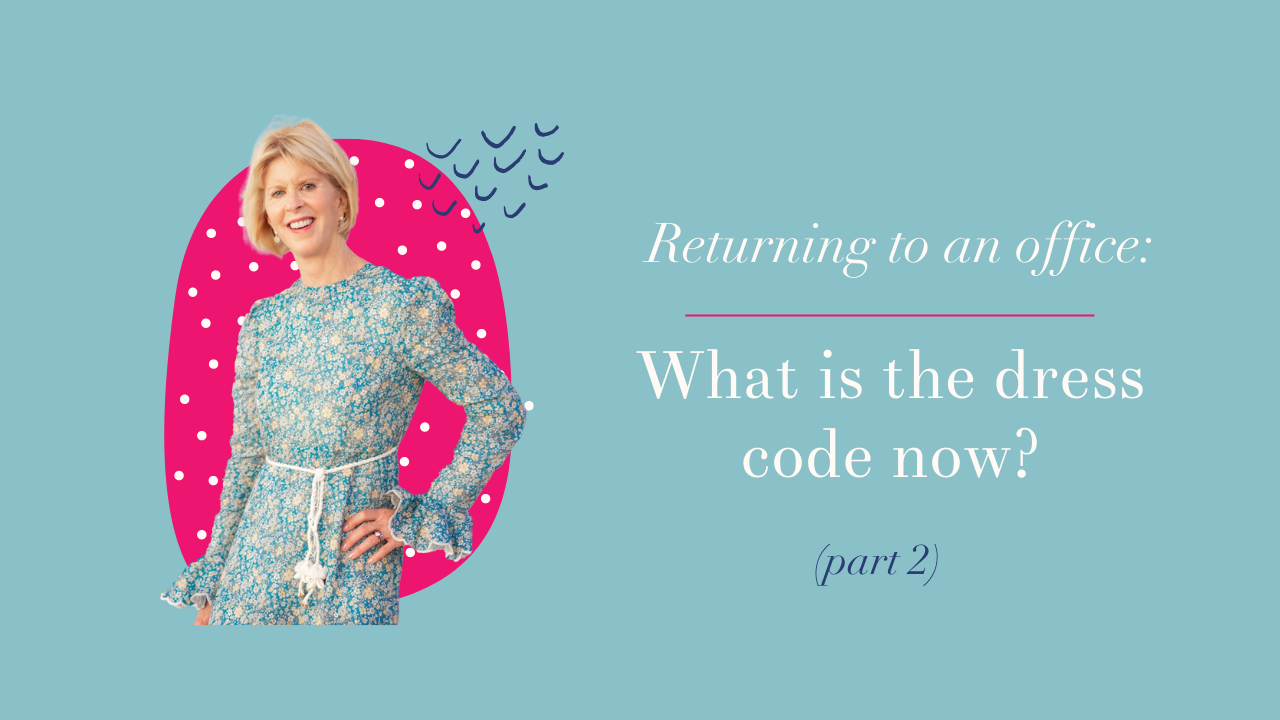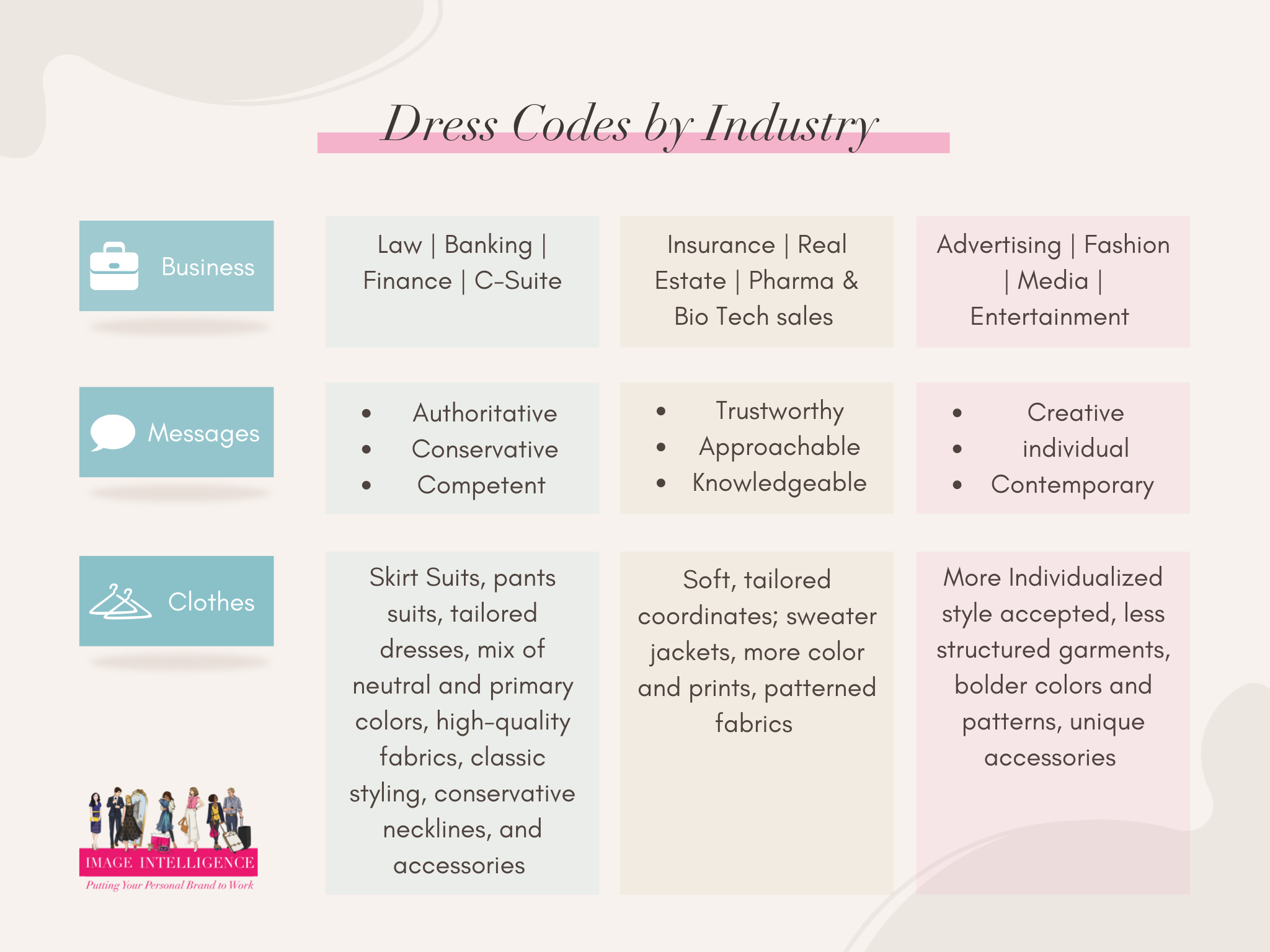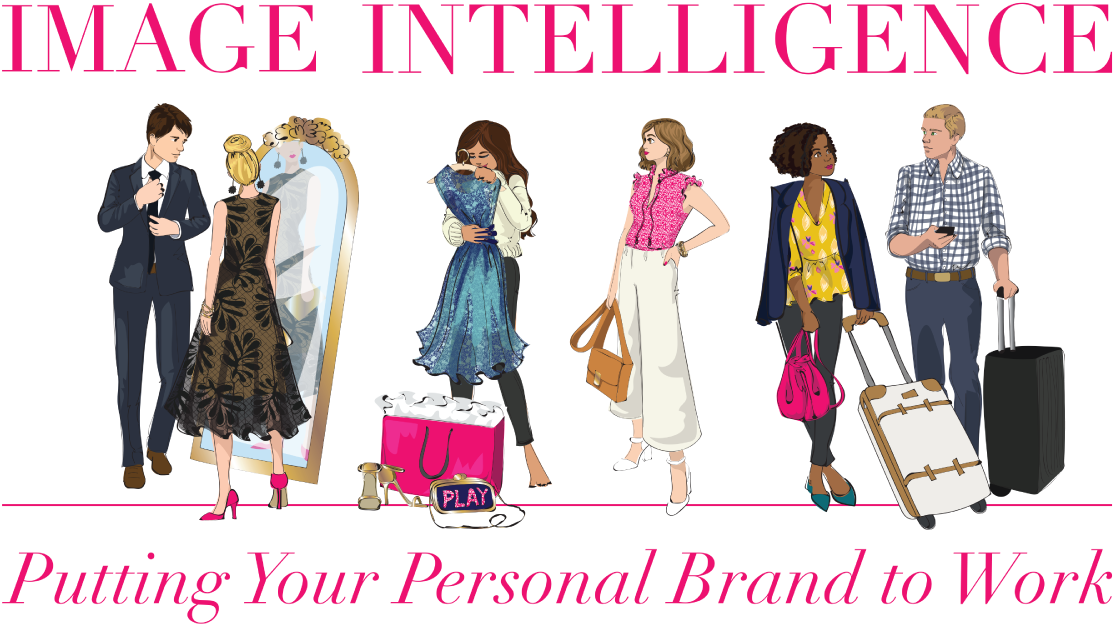
For many working professionals, the question that has long eluded so many of us is:
How do you reconcile the difference between business casual and business formal when defining a work dress code?
It’s something that changes and evolves globally, with different industries, cultures, and global pandemics effects.
What is a professional dress code and how does it vary by business sector?
Dress codes vary by industry and by the environment. Little is clear about what is considered acceptable professional attire for work. Let’s demystify the difference between business casual and business formal since every component of an outfit can tip the scale from a very formal (authoritative) look to a relaxed, creative one.
So, what are the three most important elements of any dresscode?
- Being as professional as you can be in whatever style you choose.
- Being yourself: dress in colors and clothes that show your personality and individualism.
- Dressing in a style that is befitting for your industry. Below is a simple chart that outlines the most basic information for dress code by industry.
This easy chart organized by industry reflects the most up-to-date dress codes for roles that are both in-office and client-facing:

Business Casual
What does this mean beyond being able to work in comfort?
Here is a list of the most common wardrobe pieces for a business casual dress code. Note that this dress code differs by industry. For example, what is considered business casual in fashion is not the same as business casual for law or biotech.

Business Formal
Business formal is more of a uniform and is best described as a crisp, conservative look. This look is for professionals who work in a very client-facing business with a strict work environment, where muted colors and suits are the norm for both men and women. Today, this is less common than the previously noted work styles. The following items are considered appropriate for business formal attire.
- Two-piece suit for men and women
- Crisp white or pale blue shirt and tie
- Stockings for women with muted colors
- Leather closed-toe footwear
- Conversative cut dress
What does the future look like for professional dress codes? It’s anybody’s guess!
What is more important than the actual dress code is how some of these more casual guidelines help drive higher performance in employees. If you think about it, a more relaxed dress code may help foster a more inclusive workplace and encourage people to show their individuality in their dressing. Encouraging people to dress in their individual style, rather than diminishing this practice, gives a person the chance to bring their whole self to work because they feel confident in their appearance. If people are encouraged to dress for who they are, rather than adopt a dress code that takes them out of their comfort zone, trust is built in the workplace. Dressing more casually in the workplace can be a way for employees of all levels to get along, and a relaxed dress code does not have to mean being “sloppy” or “scruffy”. Employers will be well served to expand their dress code guidelines beyond exclusively “casual” and “formal” labels, and they should consider setting guidelines for different work settings. Consider the examples outlined below for the work setting and the appropriate dress code:
- Zoom internal meetings: Have a great ring light, casual attire is acceptable, such as smart sporty.
- Zoom client-facing meetings: Have a great ring light, and dress like you are in the office.
- In-office meetings without clients: Smart, relaxed attire.
- Outside client-facing or internal client-facing: More formal or smart elegant.
Employees should think about tailoring their look to the clients and occasion. If you have doubts about your style, then dress up.
Once you have determined the appropriate palette, choose colors within this group that will work for your various professional needs. Wearing colors that balance with your personal skin tone gives you a unified appearance from head to toe and is the foundation to building a personal brand.
Bonus!
For more inspiration, check our blog post, Our List of the Three Must-Haves for Formal and Business Casual Workplaces!
Book a Color Analysis with Stephanie to expand your understanding of what colors look best on you!

